The Best Places To Use Spray Foam Insulation in Your Home
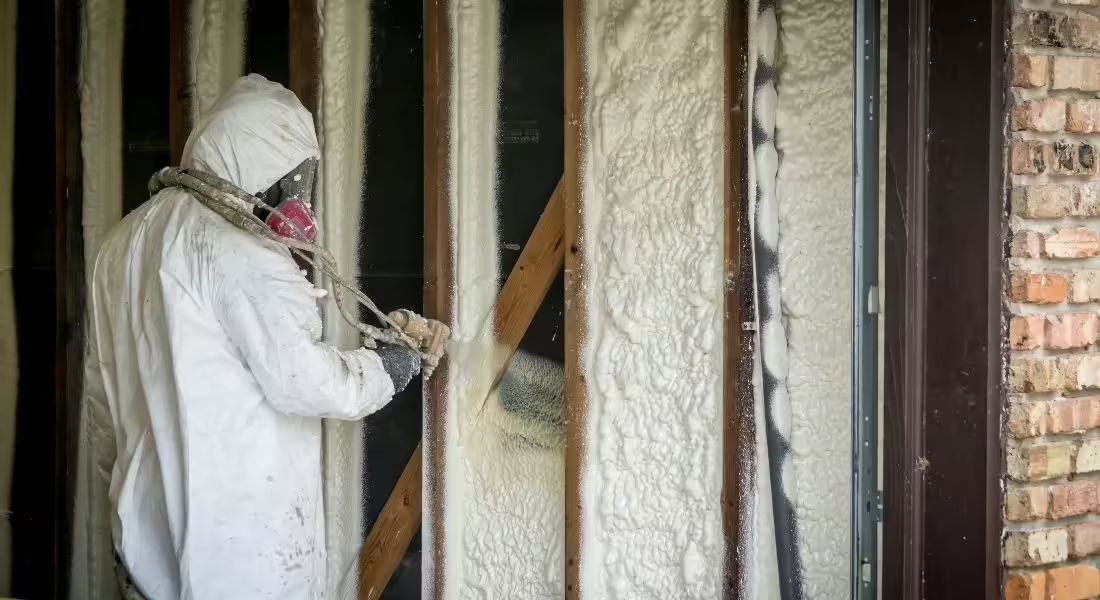
When your home isn’t properly insulated, you can feel the difference. Drafts, fluctuating temperatures, moisture issues, and other concerns are often a direct result of poor insulation. That’s why it’s important to repair or replace the insulation in your home before bad weather hits. No matter what time of year it is, your house will benefit from a comprehensive insulation solution.
Polyurethane spray foam insulation is one of the strongest and most energy-efficient insulation materials on the market. Learn why spray foam is many contractors’ preferred choice and explore the best places to use spray foam insulation in your home with this overview.
Why Choose Spray Foam for Your Home?
Spray foam insulation stands out due to its extreme versatility and excellent thermal insulation. During application, the chemicals that make up spray foam insulation expand to fill whatever space you’re insulating. This makes spray foam the perfect choice for small or complex areas of the home, such as in the attic, around floor joists, and in other corners or crevasses.
While it’s easy to overlook such areas, covering them with a comprehensive insulation solution helps protect your home throughout the year. In the summer, spray foam insulation retains cool air and keeps the hot, humid air outside. In the winter, insulation is the key to eliminating cold drafts and keeping your home warm and cozy. Throughout every season, the high R-value of spray foam insulation aids in temperature control and energy efficiency, keeping your home comfortable and your energy bill low.
With these great qualities in mind, it’s no wonder why so many homeowners turn to spray foam to insulate their homes. Read on to learn more about the best places to use spray foam insulation in your home.
Insulating the Attic
An uninsulated or under-insulated attic is a major source of energy loss—especially in the winter. As hot air rises, it can escape through a poorly insulated attic. Not only will your heating system work overtime, but this can also cause problems by melting and refreezing snow or ice on your roof. In the summer, a poorly insulated attic will cause the upper levels of your home to be stuffy and hot. Spray foam insulation works particularly well in the attic because it expands to fill the gaps, cracks, and crevasses that make up an irregular attic space.
When inspecting your attic’s insulation, pay close attention to the floor joists, knee walls, and the ceiling. Insulating between and over floor joists is an important step for unfinished attics. This seals off the living space below and creates a more protective barrier for your home. Knee walls, which are walls with attic space behind them, are also a crucial target. Insulating these areas reduces air leaks and improves energy efficiency in your attic. Finally, insulating the ceiling creates a temperature-regulating barrier that keeps your attic and the rest of your home comfortable.
Insulating the Walls
Both interior and exterior walls require insulation to keep the temperature in your home at a comfortable level. Even if your attic and basement are well insulated, air can still escape through the walls. Insulating your interior walls prevents drafts and temperatures changes throughout the inside of your home. At the same time, insulation on the exterior walls regulates temperature and improves energy efficiency in your home.
When insulating interior walls, you might have to work around wires, pipes, or ductwork. It’s particularly important to insulate around ductwork, as warm or cold air from outside can enter the home through the ducts. Spray foam works well when insulating around these details because it expands to fill all the odd nooks and crannies.
Insulating exterior walls is a key part of regulating the temperature of your home. Outside air can get into your home through water faucets, air ducts, dryer vents, and other small openings. In addition to cold winter drafts or warm summer air, these openings are a perfect entrance for bugs and other pests that want to enter your home. A little bit of spray foam insulation in these areas goes a long way toward blocking pests and preventing energy loss.
Insulating the Basement
When insulating your home, you can’t forget about the foundation. While your basement may not be exposed to extremely warm or cold air, the ground can cause temperature fluctuations in your home. Basement insulation is also a crucial part of preventing moisture issues. By protecting the exterior walls of your basement, you prevent moisture from seeping in from the ground. This keeps your basement—and the rest of your house—dry and comfortable no matter the weather. The extra moisture barrier also helps you control humidity and prevent problems like mold and mildew. All of this improves the air quality of your home.
While insulating exterior basement walls is important, you should also consider insulating the ceiling of your basement. Floors that are over empty space—such as the basement or crawl space—can get incredibly cold and uncomfortable in the winter. These uninsulated floors also make it easy for unwanted cold or warm air to spread throughout your home. If you have hard floors over a basement or crawl space, insulation can help keep them nice and comfortable beneath your feet.
Insulating the Crawl Space
A crawl space is much smaller than a basement, but that doesn’t mean you can overlook it when insulating your home. Like the basement, an insulated crawl space helps prevent moisture issues, regulate temperature, and protect the pipes in and around the foundation of your home. Controlling moisture is a priority in crawl space insulation. This means you need airtight sealing, which an expanding spray foam application can provide.
The type of insulation you put in your crawl space depends on whether or not it’s ventilated. In unventilated crawl spaces, contractors focus on the exterior walls. This creates a stronger moisture barrier to keep the space dry. In ventilated crawl spaces, it’s more important to insulate the subfloor and floor joists. This keeps air from seeping through the floors and into your home.
If you’re experiencing cold drafts, uncontrollable humidity, or other insulation problems in your home, it might be time for an upgrade. Contact the insulation experts at Paragon Protection. Our spray foam insulation contractors in the McHenry area can secure every part of your building for better temperature control, improved energy efficiency, and a more comfortable home.
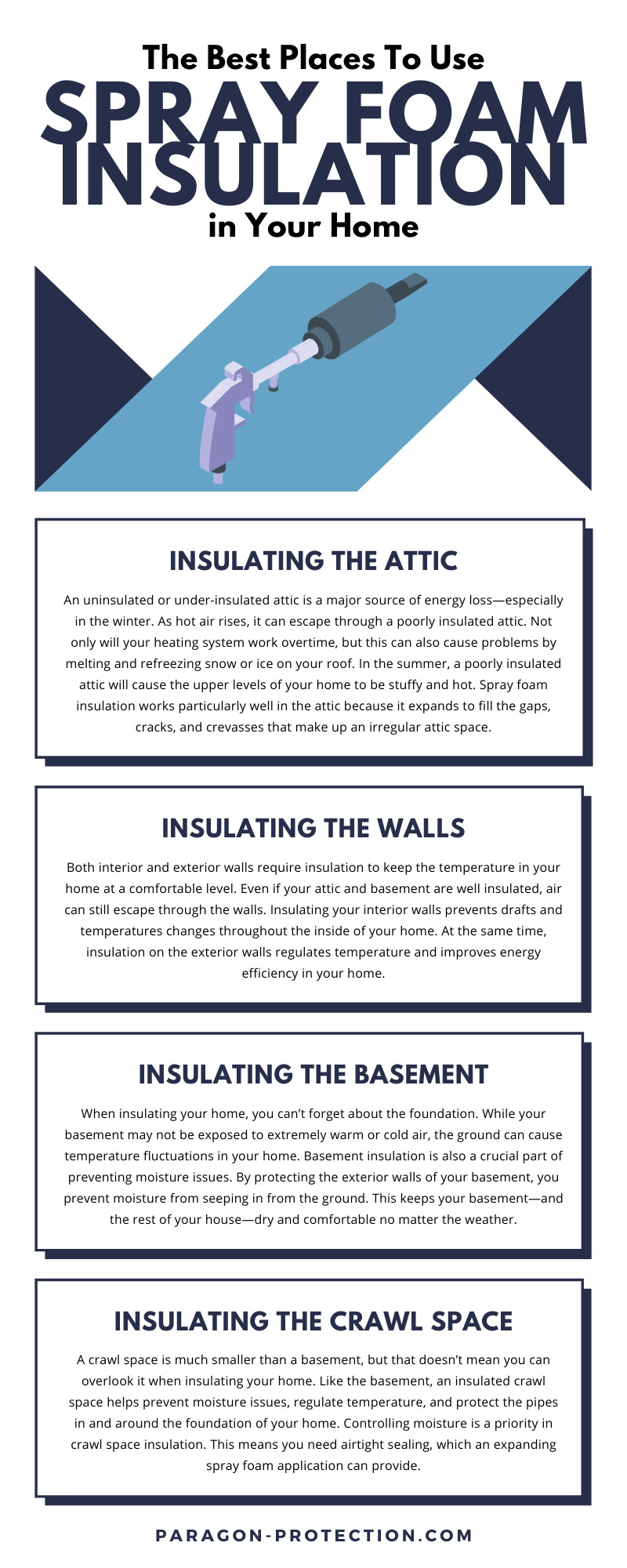

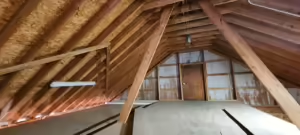
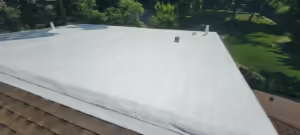
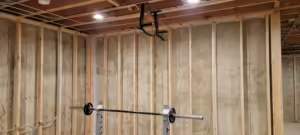
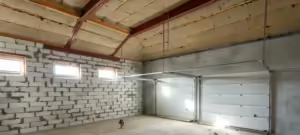

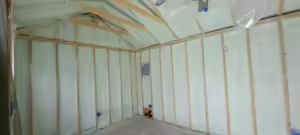
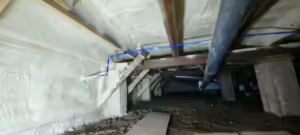
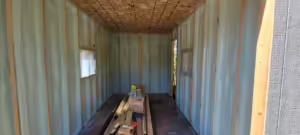
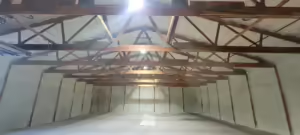
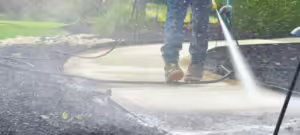

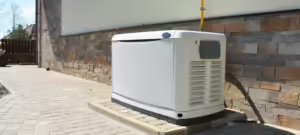
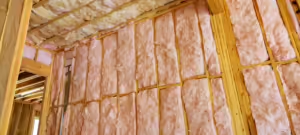
 Professional Insulation Services
Professional Insulation Services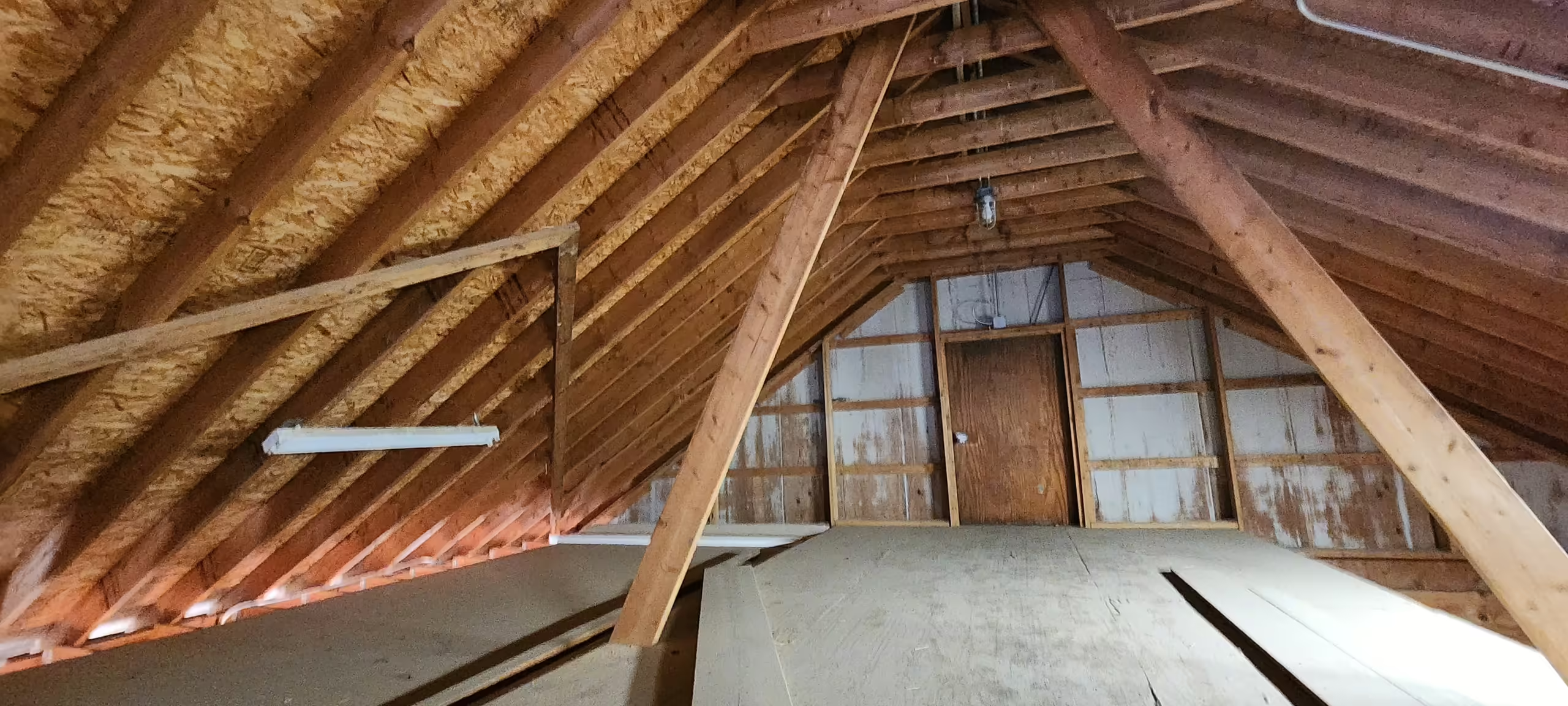 Attic Insulation Services
Attic Insulation Services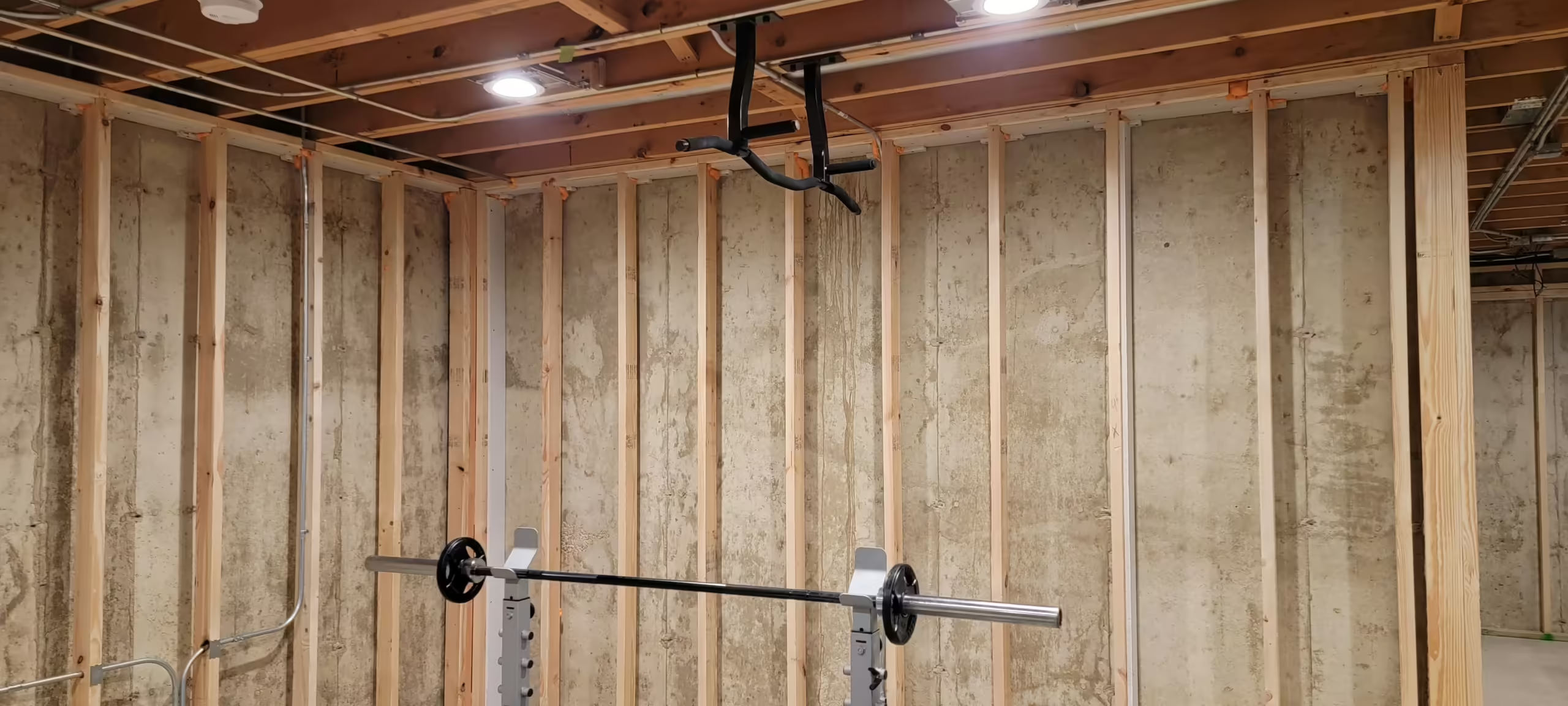 Basement Insulation
Basement Insulation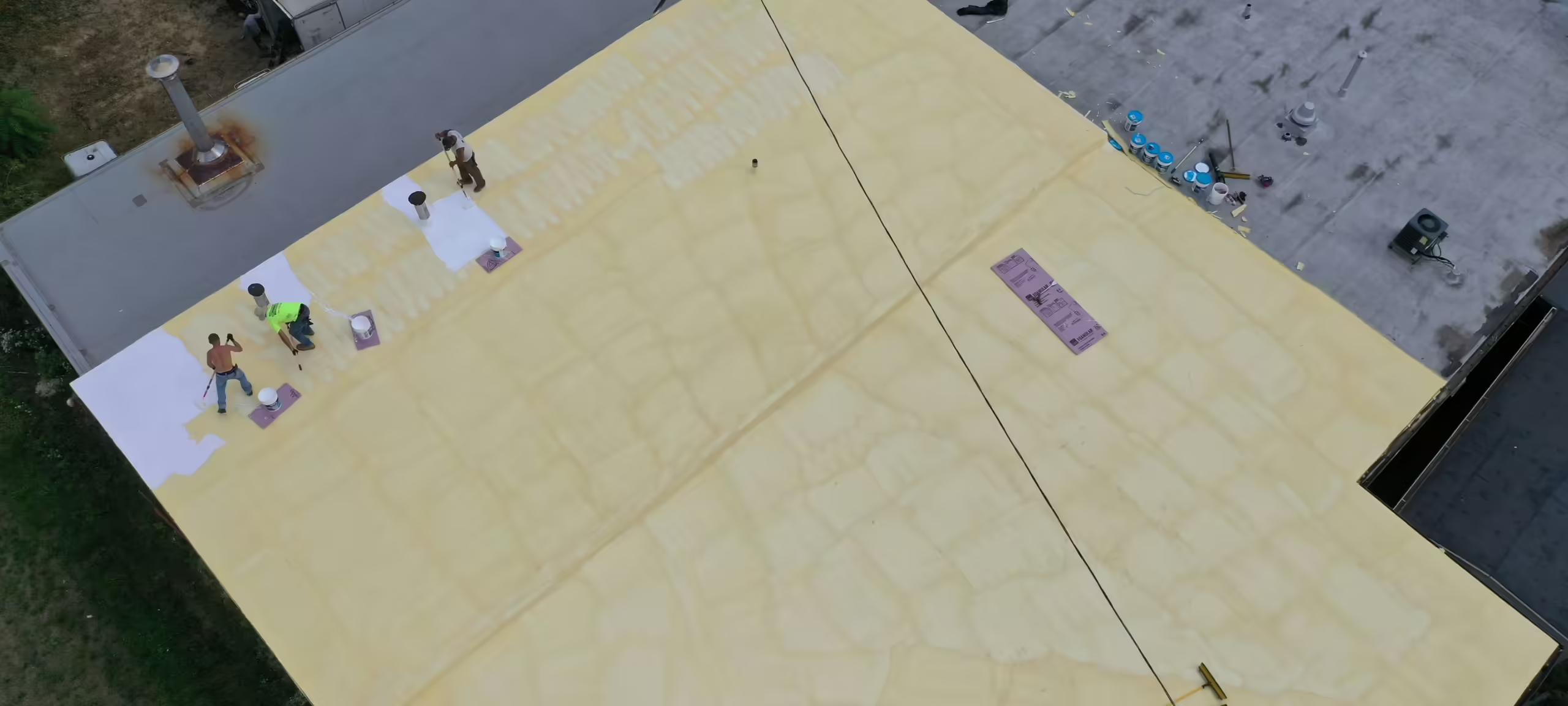 Commercial Insulation
Commercial Insulation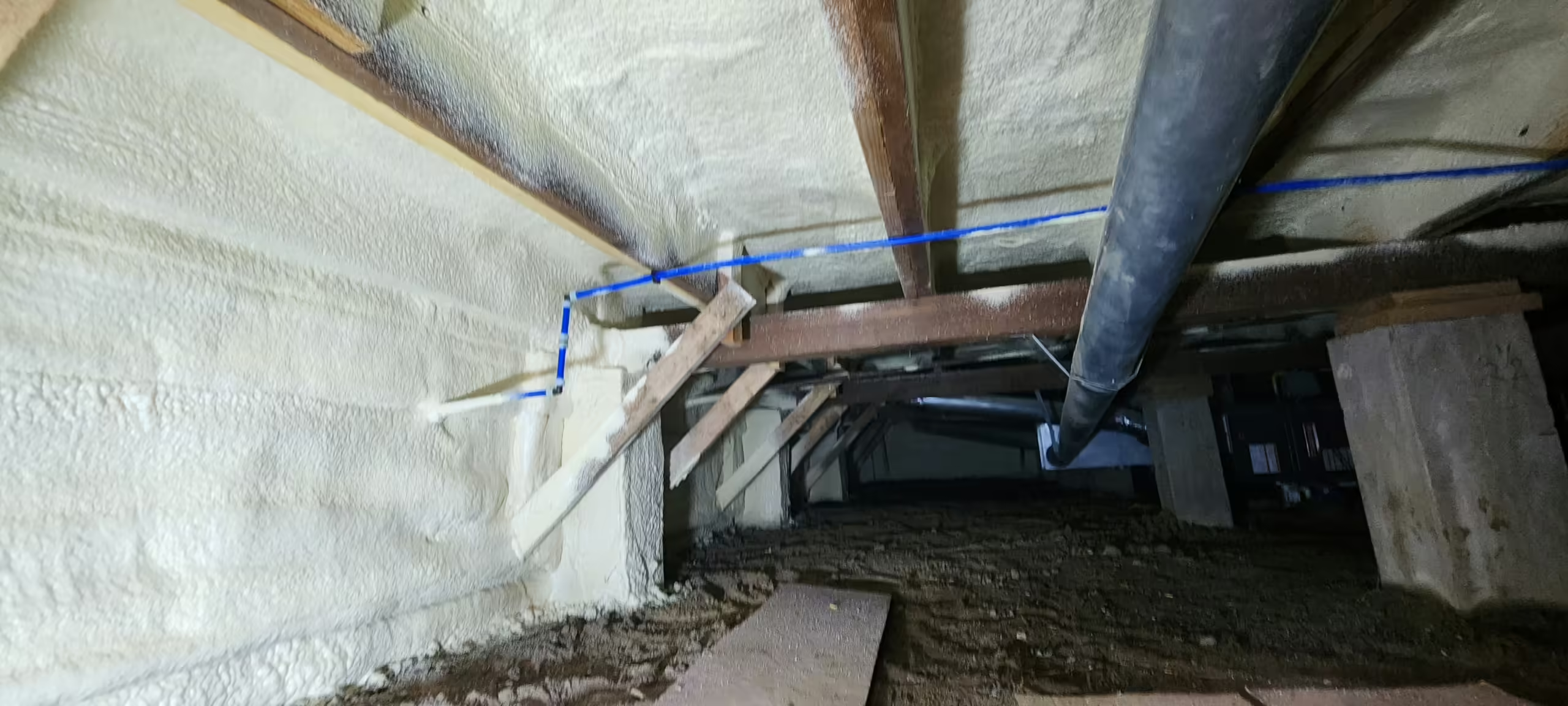 Crawl Space Insulation
Crawl Space Insulation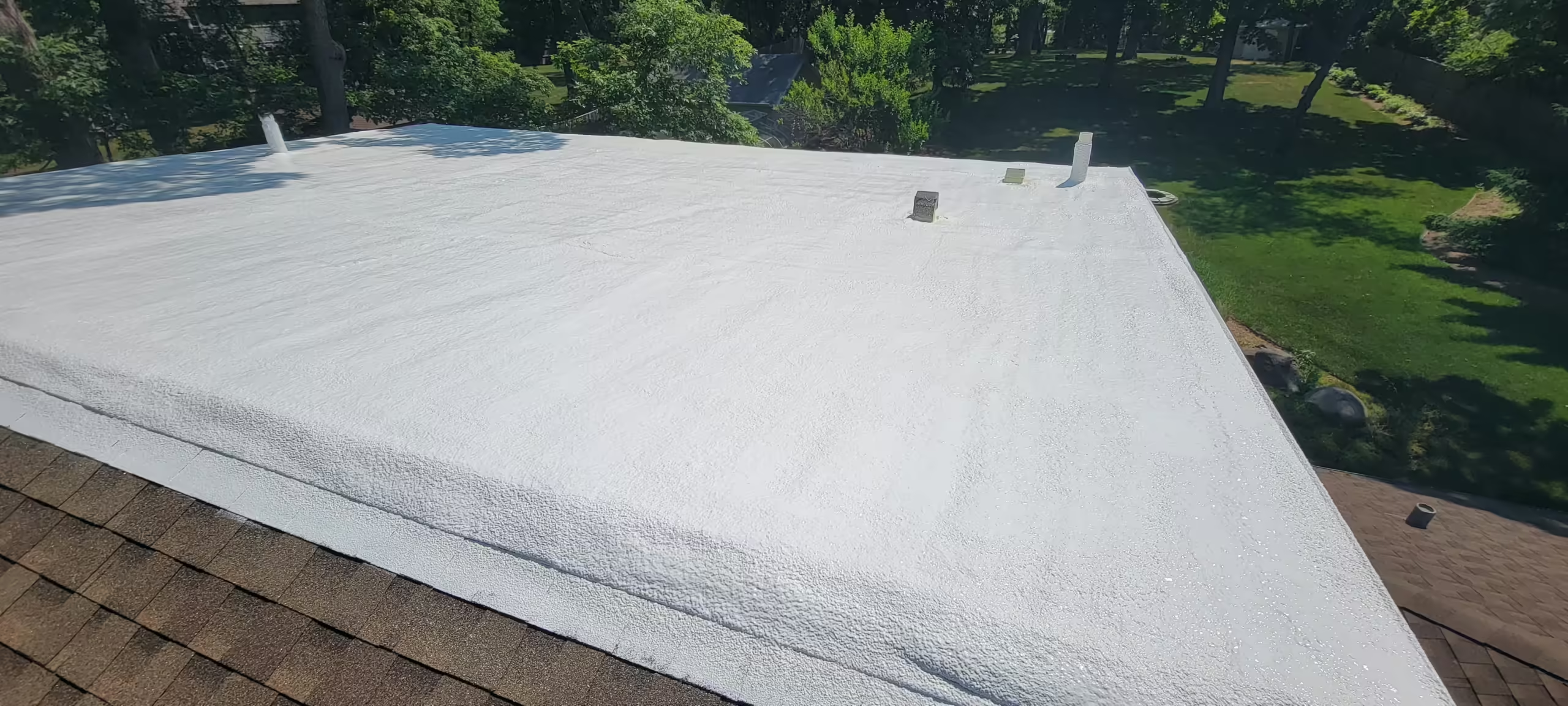 Exterior Wall Insulation
Exterior Wall Insulation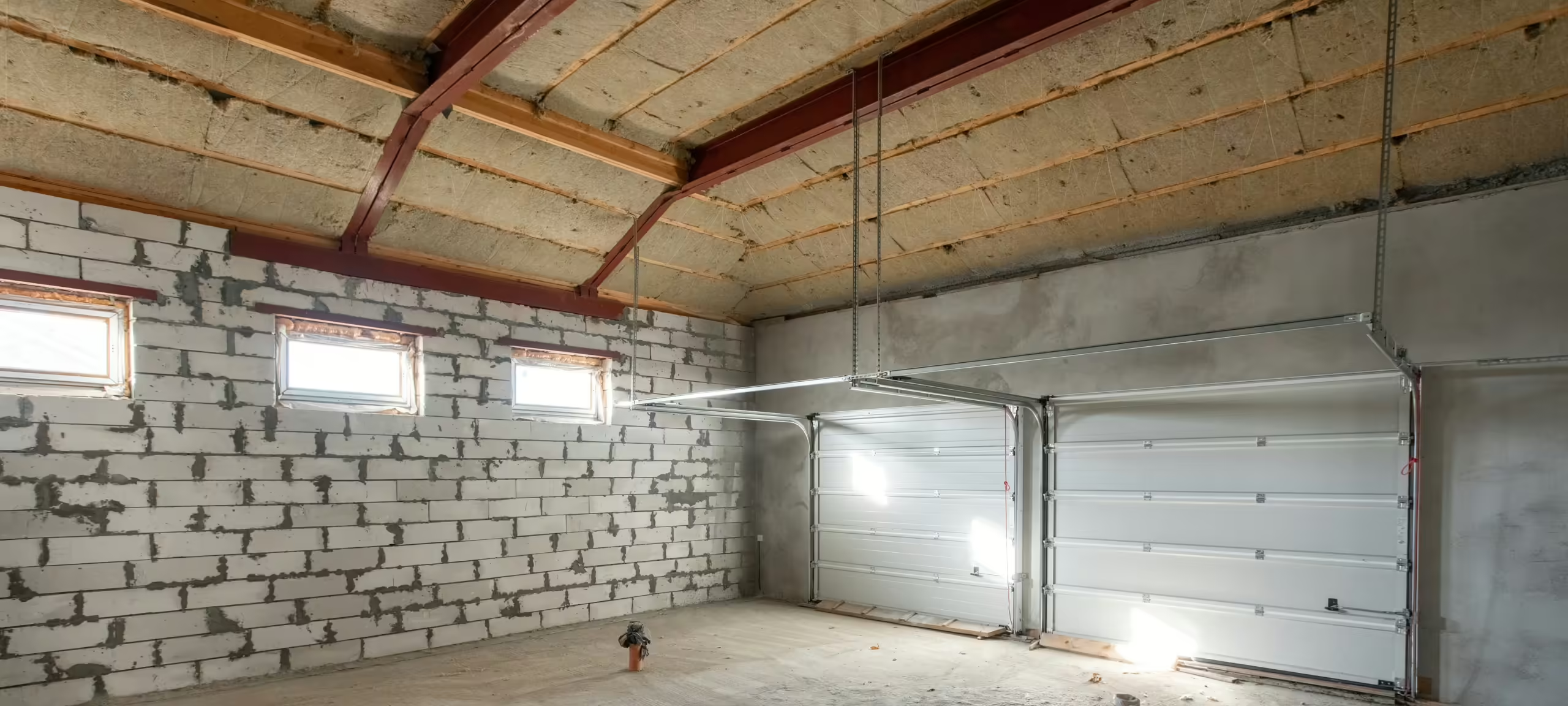 Garage Insulation
Garage Insulation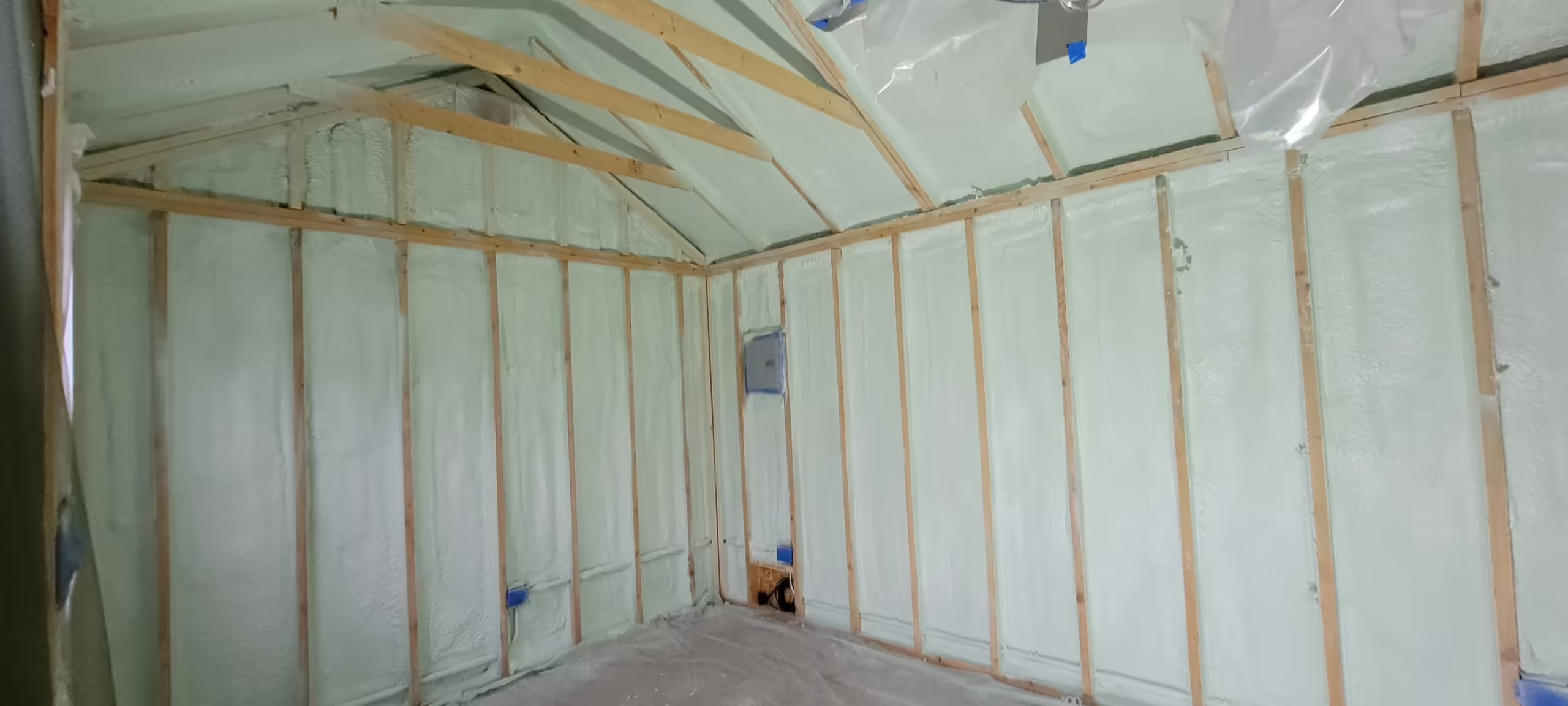 Interior Wall Insulation
Interior Wall Insulation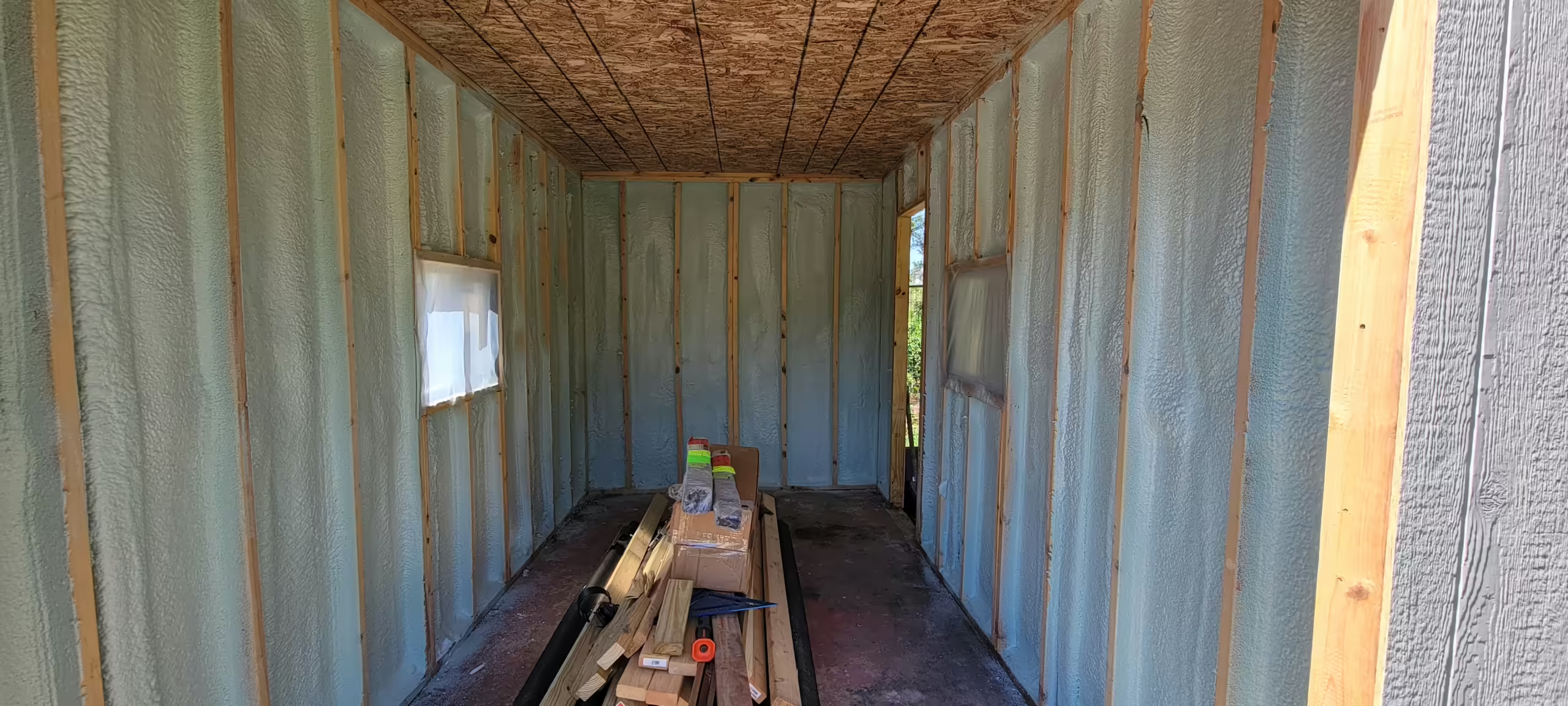 Shed Insulation
Shed Insulation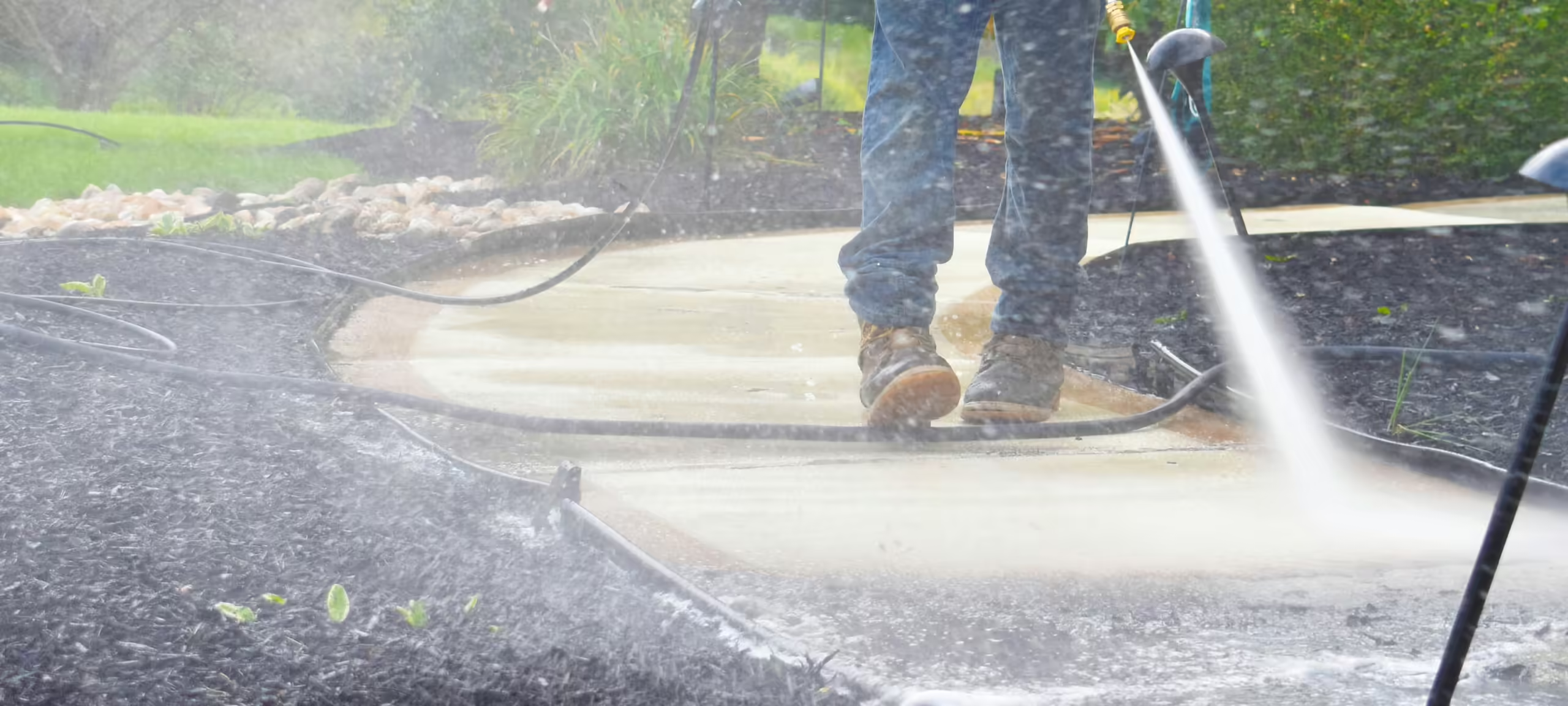 Power Washing
Power Washing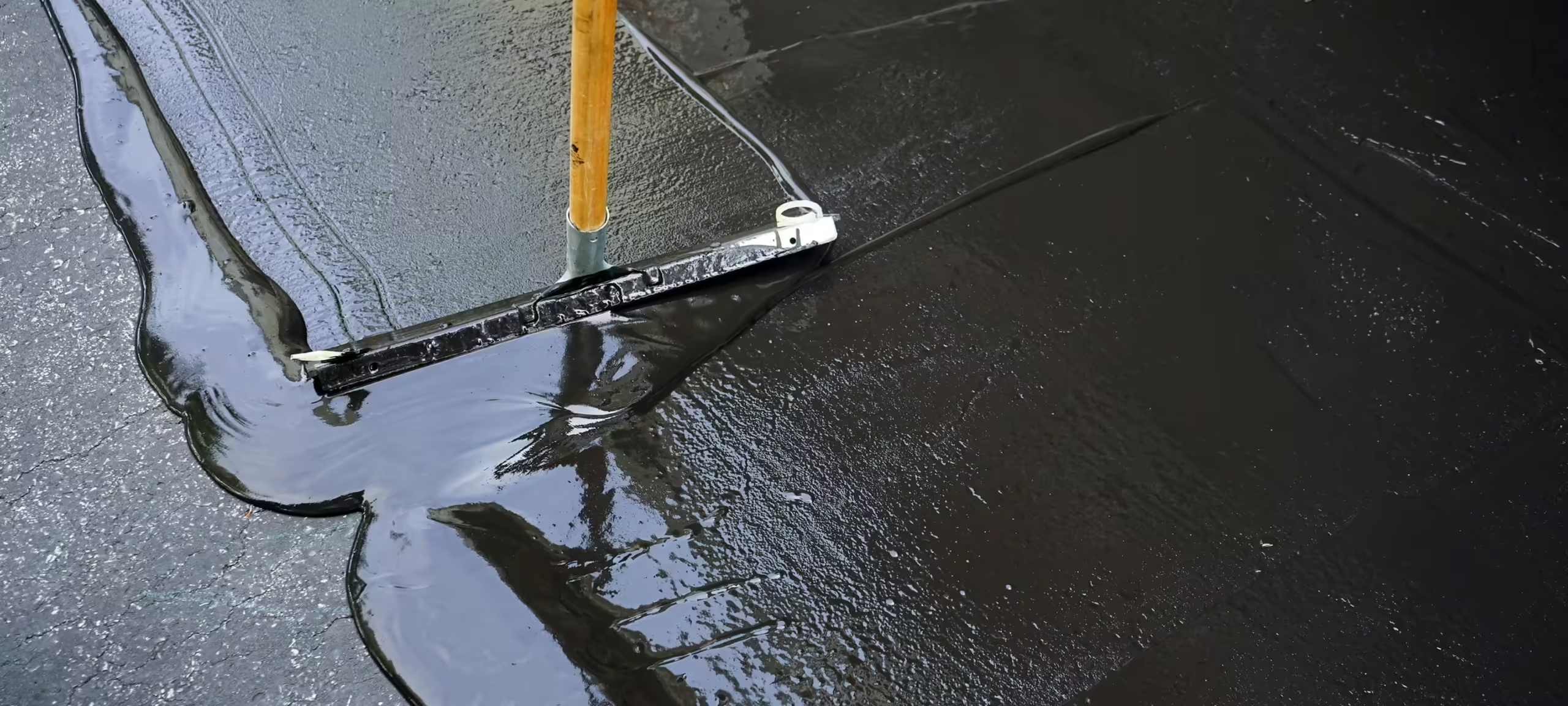 Sealcoating
Sealcoating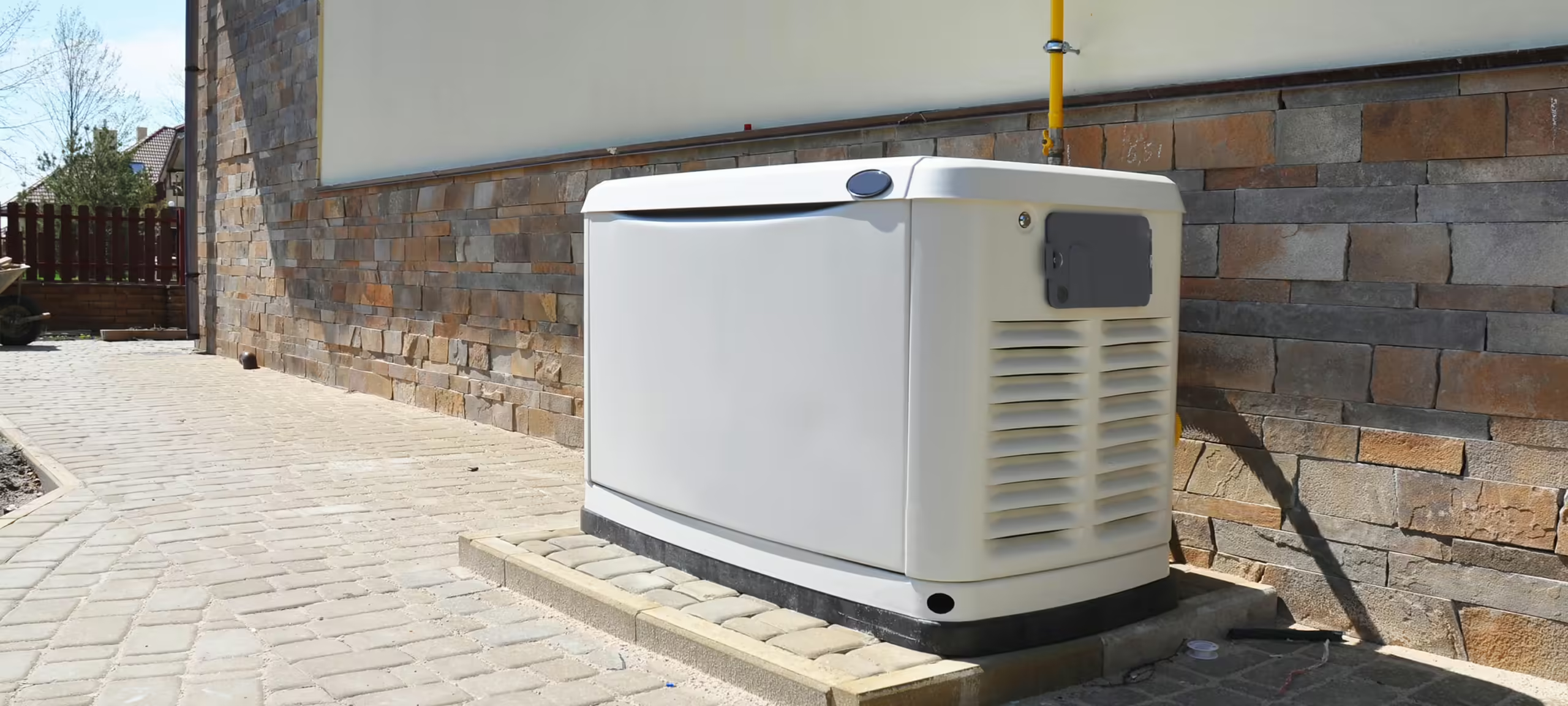 Backup Power Generators
Backup Power Generators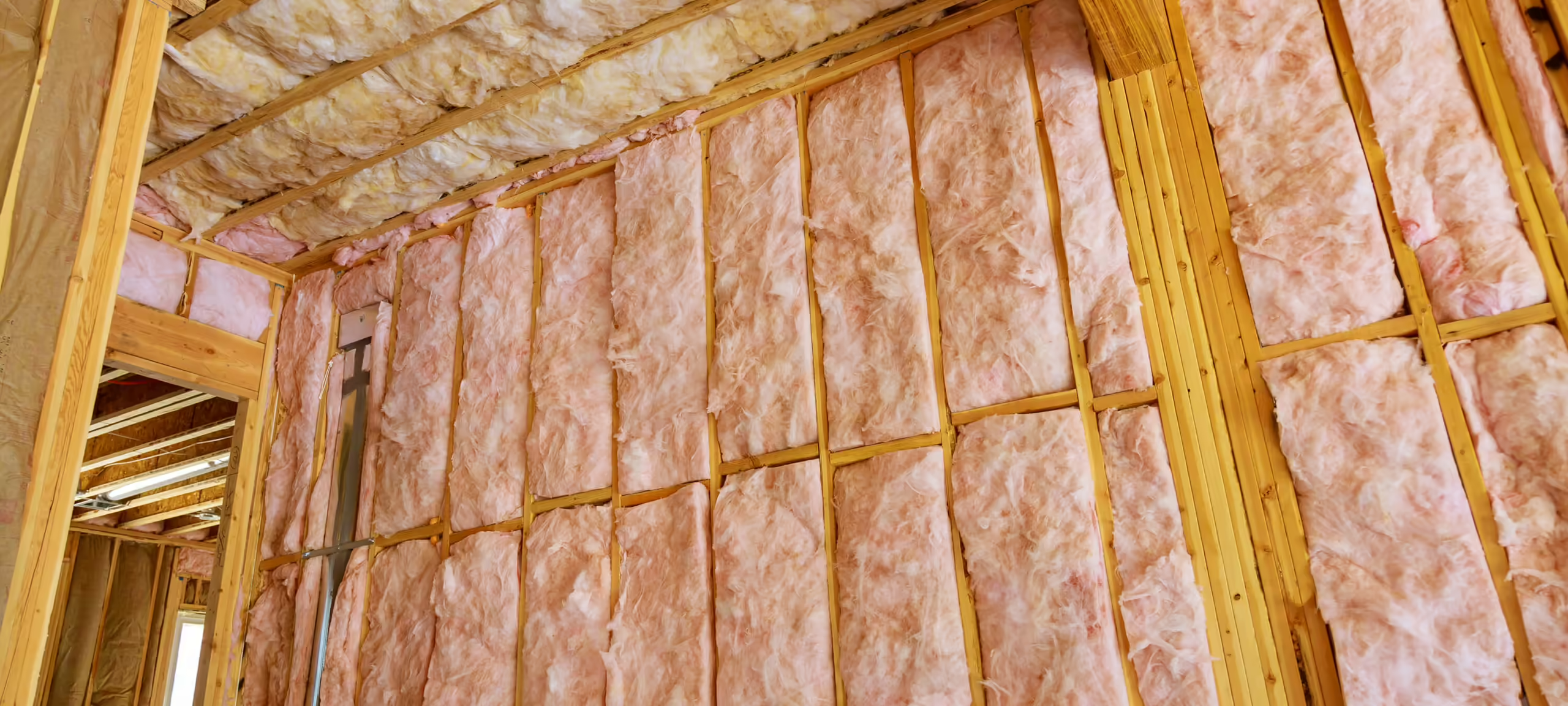 Insulation Removal Service
Insulation Removal Service Lake County Insulation
Lake County Insulation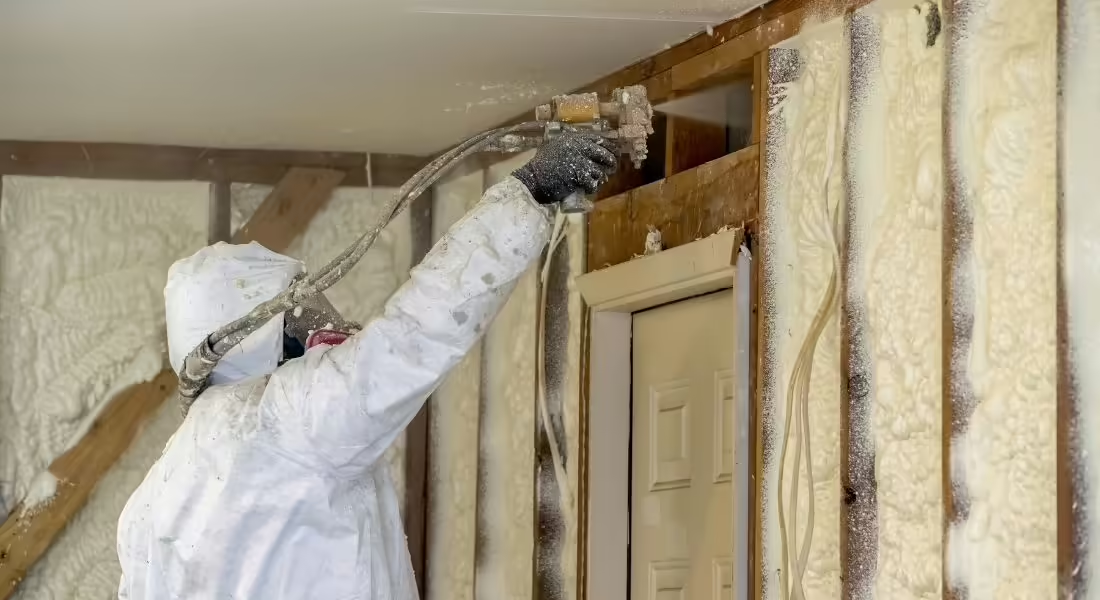 Spray Foam Insulation Guides
Spray Foam Insulation Guides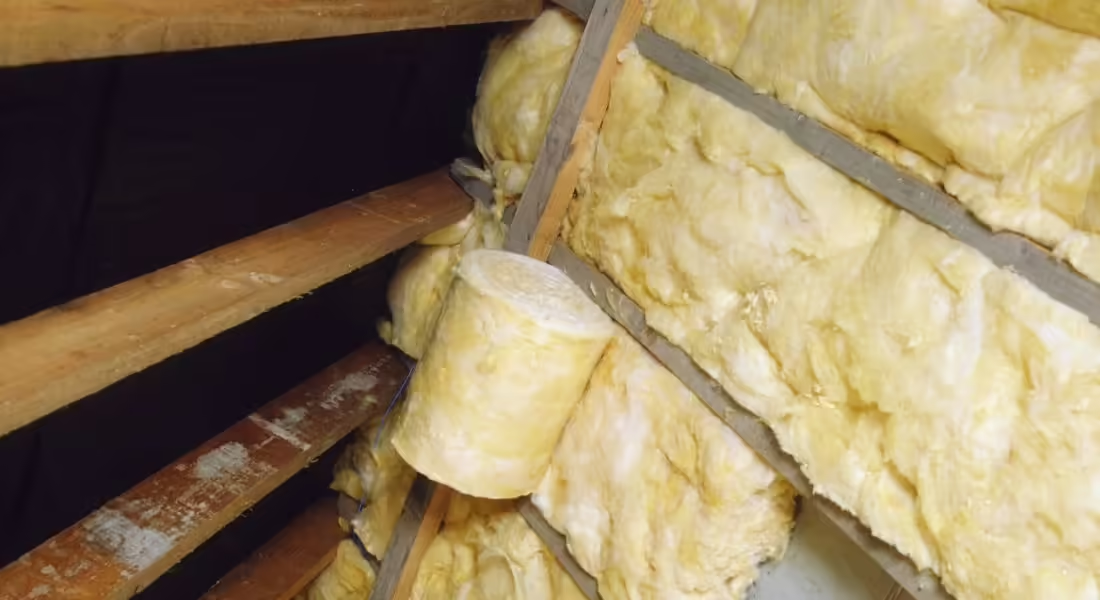 Insulation Guide
Insulation Guide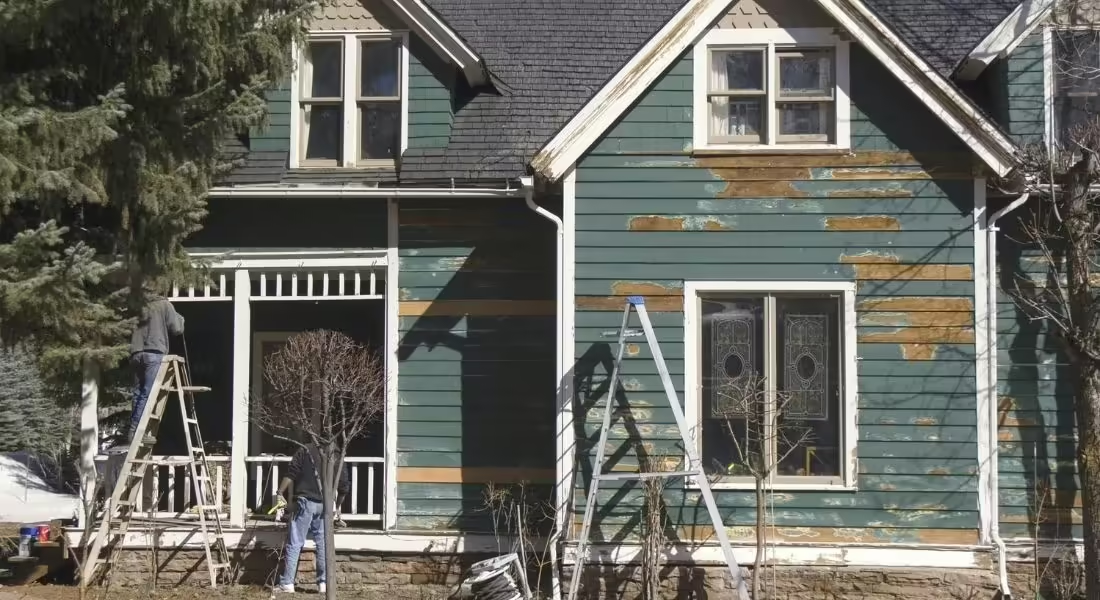 Home Improvement & Maintenance Guide
Home Improvement & Maintenance Guide